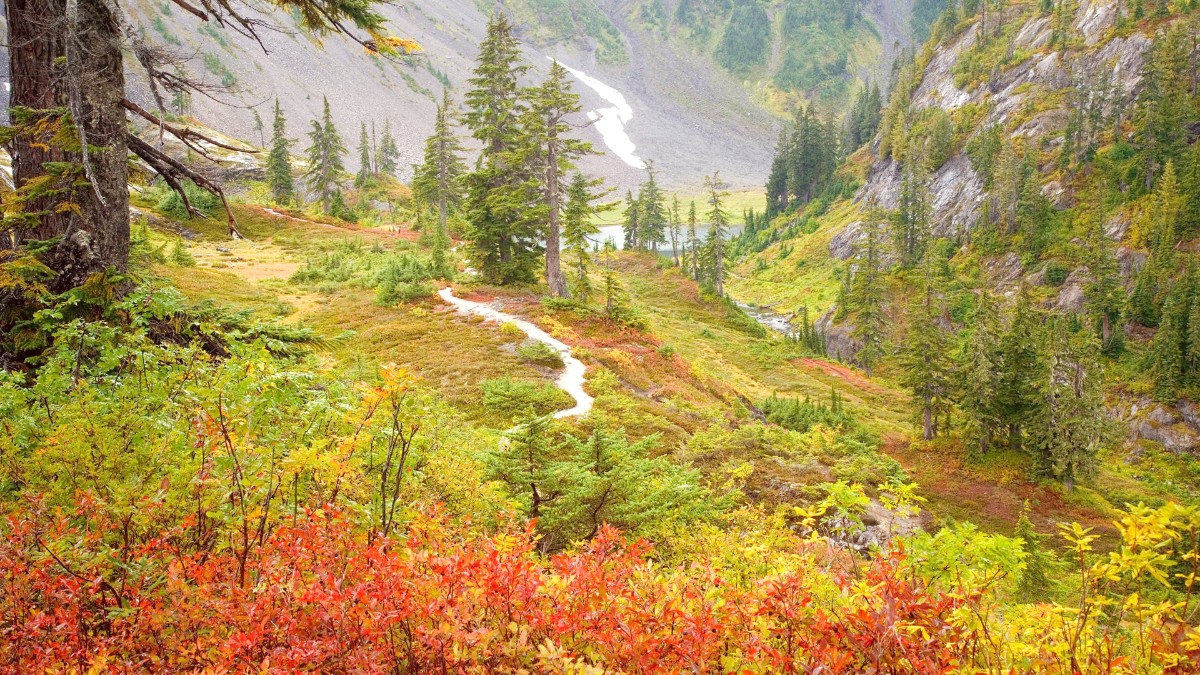
Russian Far East, Russia
Kamchatka's natural features are its most memorable landmarks. These geological wonders draw visitors seeking raw, untamed beauty. Many sites are protected, with access managed through organized tours.
Visitor information, including hours, fees, and guided options, varies widely by location. Many major natural attractions require specialized tours for access.
Less Crowded Times: Visiting in June or September means fewer crowds at popular sites than in July and August, though weather can be less predictable. Early morning/late afternoon for city viewpoints often presents better light for photography and fewer people.
Explore the older city streets where some traditional wooden architecture still exists.
Various monuments in Petropavlovsk-Kamchatsky commemorate explorers like Vitus Bering, significant historical events, and naval figures.
A prominent Russian Orthodox cathedral in Petropavlovsk-Kamchatsky, recognizable by its golden domes. An active place of worship.
Kamchatka carries significant military history. While many military sites remain restricted, historical monuments and aspects of this heritage are accessible.
Archaeological sites are limited and not a main tourism draw. The region's history is more recent in terms of European exploration.
Kamchatka's natural areas are a paradise, with some of the planet's most dramatic and pristine landscapes.
Panoramic views of the city, Avacha Bay, and surrounding volcanoes.
Views of Avacha Bay and the iconic Three Brothers rocks.
Known for hot springs and lush surrounding forests, with a relaxing environment.
The top destination for brown bear viewing from July to September. Strict regulations and guides protect safety and conservation.
Home to the Valley of Geysers and diverse wildlife, including bears and various bird species. Access exists only through guided tours.
Boat tours in the bay present chances to spot seabirds, seals, sea lions, and occasionally whales. Rivers during salmon spawning present chances to see bears fishing for salmon.
Iconic peaks include Avachinsky, Koryaksky, Mutnovsky, Gorely, and Klyuchevskaya Sopka (Eurasia's highest active volcano). These create incredible hiking and climbing experiences.
The Valley of Geysers remains most famous, but other areas like Mutnovsky's active fumaroles also show geothermal activity. Numerous natural hot springs and thermal rivers are throughout the region, including developed resorts in Paratunka Valley and more rustic, wild springs in Nalychevo Nature Park.
Khalaktyrsky Beach presents a distinctive black sand volcanic beach, for a rugged coastal experience. Avacha Bay is ideal for boat trips and appreciating dramatic coastal scenery. Nalychevo River/Valley is known for its thermal springs and pristine nature.
While Kamchatka is largely a wild natural landscape, some cultivated or dedicated park areas exist, especially around the main city.
Kamchatka holds several lesser-known treasures for those seeking exploration beyond the main tourist trails. These spots often call for more specialized transport and a spirit of adventure.
As infrastructure gradually improves, more remote volcanoes and coastal areas may become slightly more accessible for specialized tours. The vastness of Kamchatka means new areas for exploration continue to emerge.
For a wilderness immersion, these sites offer unique experiences.
Kamchatka's dramatic landscapes create many special photo chances.
These sites, less frequented by foreign tourists, offer insight into local life and culture.
When visiting remote and protected areas, adherence to safety guidelines and conservation efforts remains paramount.
Organize your sightseeing around Kamchatka's distinct geographical zones and required access methods.
Valley of Geysers and Kurile Lake require helicopter tours, often full-day excursions. These are major highlights and call for advance booking due to limited availability.
Volcanoes like Mutnovsky and Gorely, plus Dachniye Hot Springs, need specialized 4x4 transport and involve hiking. These generally suit day trips or multi-day treks.
Petropavlovsk-Kamchatsky and Avacha Bay are easily accessible. Explore city museums, historical sites, viewpoints, and take boat tours on the bay.
Dedicate 1-2 days to Petropavlovsk-Kamchatsky to explore its museums, monuments, and enjoy a boat trip in Avacha Bay. This provides a gentle introduction to the region.
Explore City AttractionsAllocate separate days for volcano treks (e.g., Avachinsky, Mutnovsky). These require full days and good weather conditions.
Find Volcano ToursPlan a dedicated day for a helicopter tour to the Valley of Geysers or Kurile Lake. These are full-day trips and depend heavily on weather.
Book Helicopter ToursInclude a day or two in the Paratunka Valley for relaxation in thermal hot springs after active excursions.
Discover Paratunka ResortsIntegrate visits to the Kamchatka Regional Museum and the Volcanarium Museum for insight into the region.
Explore Cultural SitesKamchatka's weather can be unpredictable, significantly affecting sightseeing plans.
Summer (July-August) is the main season for comprehensive sightseeing, but shoulder seasons offer other benefits.
Build flexibility into your itinerary for weather-dependent activities. Pack layers for varied weather conditions.
An open mind and readiness for adventure contribute to a rewarding Kamchatka experience.
Kamchatka's rugged natural environment presents challenges for accessibility, notably for individuals with mobility impairments.
Petropavlovsk-Kamchatsky has some paved sidewalks and roads, but terrain can be hilly. Public transport may not be fully accessible. Wilderness areas have natural, uneven trails.
Awareness of diverse needs and support services for inclusivity may be limited.
While challenging, some aspects of Kamchatka can still be enjoyed.
Consider accommodations in Paratunka Valley with accessible hot spring pools.
Kamchatka's wilderness involves diverse sensory experiences, which can be both rewarding and intense.
Prepare for natural elements and their associated sensory inputs.
Professional support services for travelers with specific needs are not widespread.
The journey may require extra preparation and a spirit of adaptation.
Weather often changes rapidly, and plans may shift.
Kamchatka's wilderness remains pristine. Follow all environmental guidelines and leave no trace.
Many activities involve hiking or walking on uneven terrain. A reasonable fitness level generally leads to a more fulfilling trip.